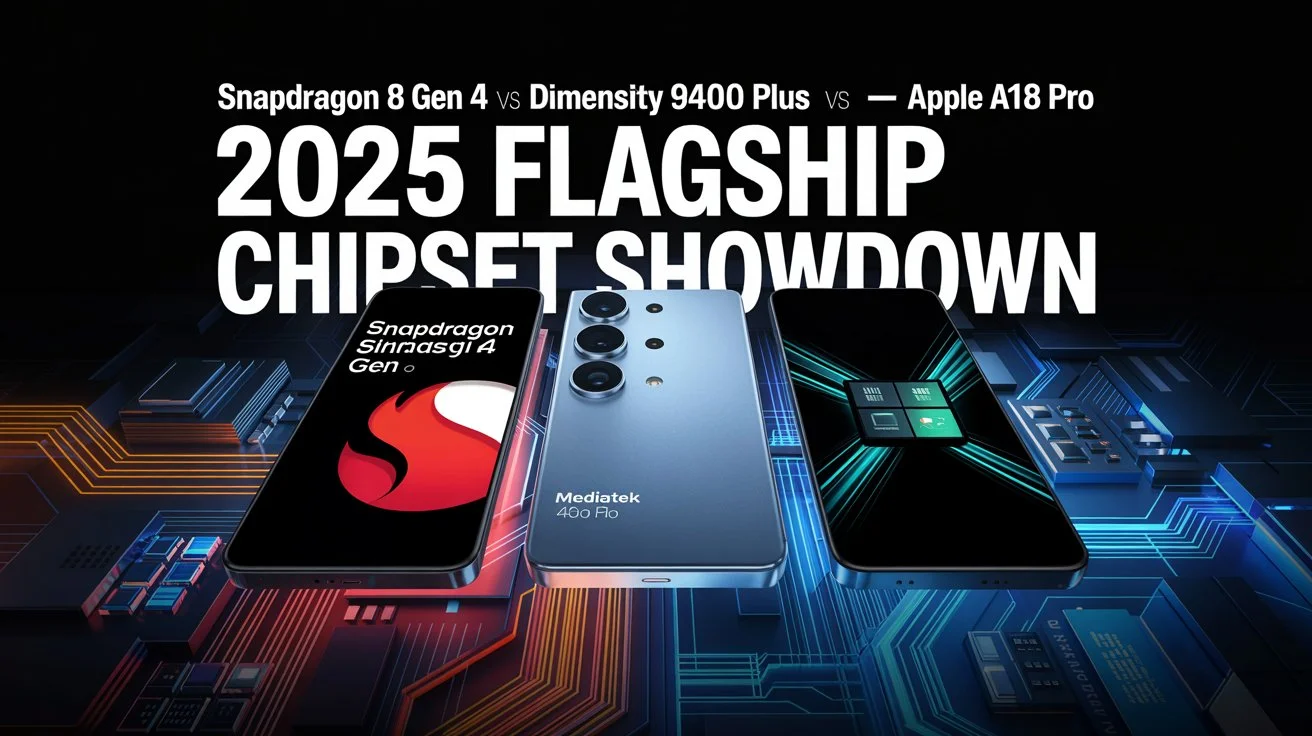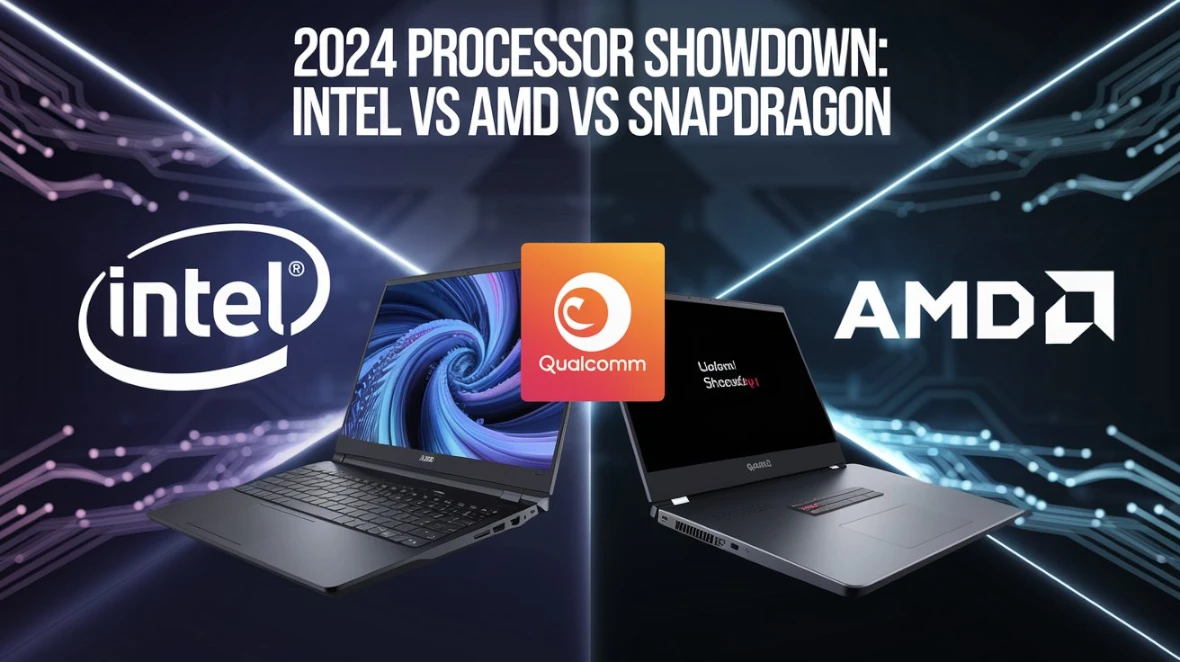Have you ever wondered why Snapdragon processor performance is considered the gold standard in the tech world? The name “Snapdragon” is synonymous with high-end mobile technology, but its impact stretches far beyond smartphones. This article explores Qualcomm’s journey, demonstrating why their Snapdragon processors are dominating not only mobile, but also PCs, wearables, automotive, and XR devices in 2025.
Qualcomm: The Foundation of Modern Communication
Qualcomm’s name, meaning “Quality Communications,” hints at the company’s core mission. Since the dawn of mobile phones, Qualcomm has been at the forefront of wireless technology. They spearheaded CDMA technology, played a pivotal role in 3G adoption, and even ushered in the era of 4G. As we embraced 5G, Qualcomm led the charge again in 2019, powering the world’s first 5G-enabled phones.
Today, Qualcomm is already working on 6G, projecting its integration into mobile devices within the next 4-5 years. Even tech giant Apple relies on Qualcomm’s 5G modem technology for their iPhones (with the exception of the iPhone 16E, which uses Apple’s in-house modem with comparatively lower 5G performance).
The Evolution of Snapdragon
Snapdragon’s journey began in 2007 with the Scorpio architecture, followed by Krait. The company initially moved forward using ARM architecture, but a game-changing acquisition occurred when Qualcomm acquired Nuvia. This acquisition marked a turning point. Nuvia, known for its custom core designs based on ARM architecture, empowered Qualcomm to create its own unique core, similar to Apple’s approach with their A-series chipsets.
The arrival of the Snapdragon X Elite in 2024, followed by the Snapdragon 8 Elite for mobile devices, signaled a new era. These chips, powered by Nuvia cores, offer remarkable performance, thermal efficiency, and extended battery life. This marked Qualcomm’s serious entry into the PC market. While earlier chips like the Snapdragon 8cx existed, they never achieved significant market penetration. However, with the X Elite and the more recent Snapdragon X, Qualcomm laptops are making waves. For example, the ASUS laptop priced around Rs 65,000 boasts a battery life that surpasses even the MacBook Air. Microsoft’s optimization of Windows and software for the ARM architecture further bolsters Snapdragon’s performance.
Beyond Mobile: Snapdragon’s Expanding Ecosystem
While mobile phones remain a primary focus, Snapdragon’s influence extends to a diverse range of devices:
- Wearables: Snapdragon processors power smartwatches and even smart glasses like Ray-Ban’s offerings. Qualcomm supports both Samsung and Google in the Wear OS ecosystem, fostering competition with Apple’s Vision Pro using the Snapdragon XR2 platform (Project Mohan).
- Automotive: From Ather’s Rista electric scooter to Royal Enfield’s electric bikes and Mahindra’s BE6 car, Qualcomm Snapdragon powers in-car experiences, navigation, and even assisted driving capabilities in vehicles from BMW, Ford, and Mercedes.
Snapdragon’s Strengths: AI, ISP, and More
Qualcomm has made significant advancements in several critical areas:
- AI Capabilities: On-device AI processing allows for image generation and efficient task execution. Snapdragon processors seamlessly run Windows Copilot Plus on laptops and support Google’s AI initiatives on mobile devices.
- Image Signal Processing (ISP): Pairing a top-notch ISP with high-quality sensors and optimized algorithms results in exceptional image quality and video recording capabilities.
- Connectivity: Snapdragon processors integrate advanced Wi-Fi technologies like Wi-Fi 7.
Affordable 5G and Premium Performance
Qualcomm is committed to both the premium and budget markets. The Snapdragon 4S Gen 2, found in phones from Poco and Xiaomi, delivers affordable 5G connectivity without compromising quality. In the premium segment, Snapdragon processors continue to set the benchmark for performance.
Qualcomm also collaborates with smartphone manufacturers, providing guidance on mobile phone development and marketing strategies. In gaming, Snapdragon Elite Gaming ensures optimized performance by working closely with game developers and engine creators like Unreal Engine and Unity.
The Future Powered by Snapdragon
The technologies of tomorrow – AI, 6G, and XR – are already taking shape with Qualcomm. Snapdragon processors are poised to power the next generation of devices, from augmented reality glasses to electric vehicles. The company’s continuous innovation ensures that Snapdragon remains at the forefront of technological advancement.
Benchmarking and Conclusion
Benchmarking reveals that Qualcomm Snapdragon consistently ranks at the top, surpassing MediaTek and Apple in overall processor performance. What sets Snapdragon apart is its all-rounder approach, delivering top-notch performance in all areas, rather than excelling in only a few.
Which processor do you prefer – Qualcomm Snapdragon, MediaTek, Intel, AMD, or Apple’s A-series? Share your thoughts in the comments below! and if you want to know more about snapdragon processor performance, you can check this acrticle – Qualcomm Snapdragon X Chip: Affordable PCs in 2025



